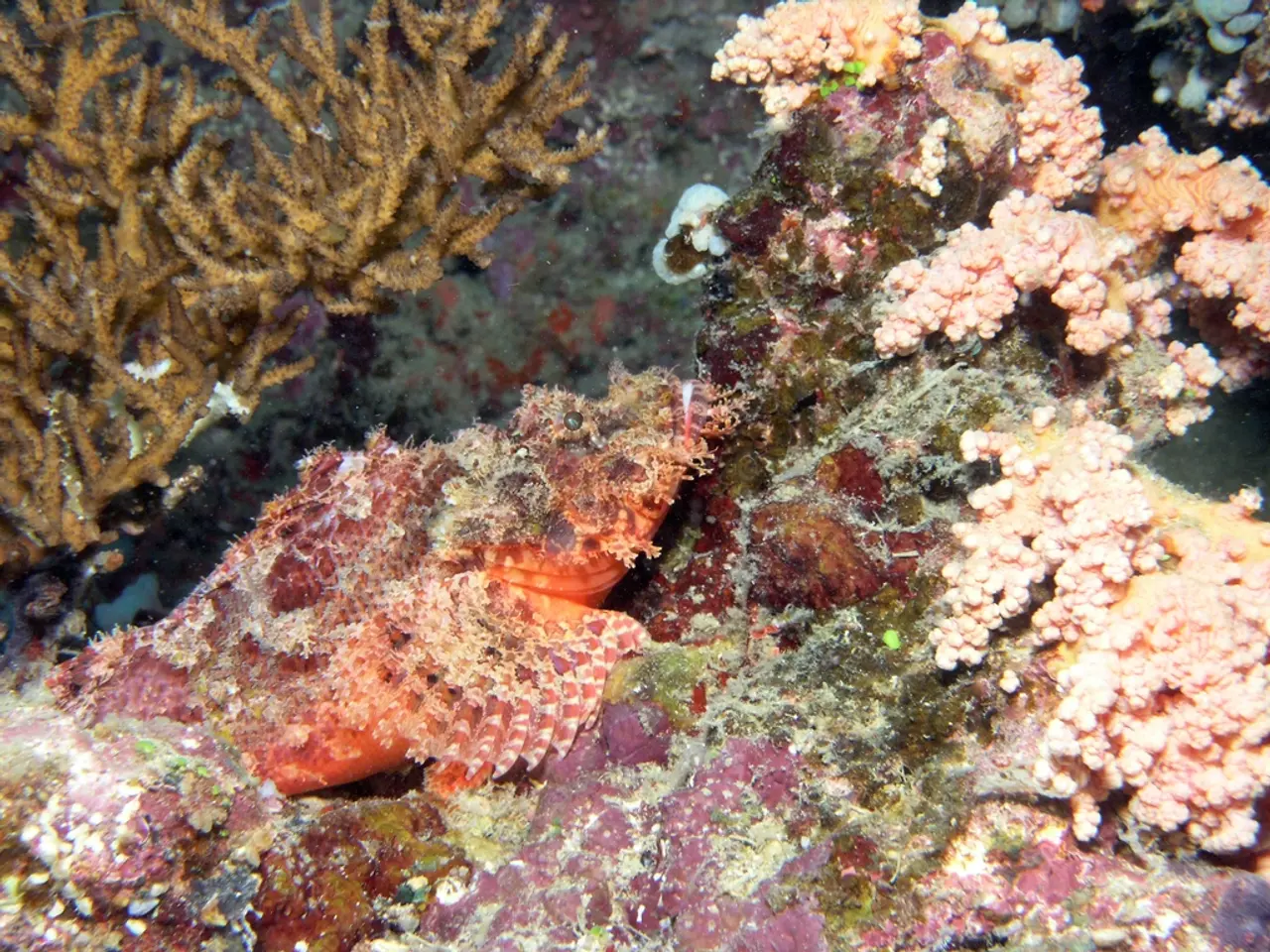Glowing Seaside Spots in Spain to Visit This Weekend (Top 3 Picks)
Get ready for a mesmerising natural light show as marine bioluminescence is set to dazzle parts of Spain's coastline this weekend. One of the top spots to catch this phenomenon is Playa de Figueiras, Islas Cies in Galicia, Spain, but there are other beaches in the region, such as Playa de A Lanzada and Playa de Queiruga, where the show may also be visible.
The marine bioluminescence show, often referred to as the sea sparkle or mar de ardora, was historically mistaken for myth. However, scientists first officially documented the sea sparkle in places like Somalia, southern Portugal, Puerto Rico's Bahia Fosforescente, and Galicia in 1915.
The sea glow is caused by microscopic algae, specifically Noctiluca scintillans, a dinoflagellate that emits blue-green light when disturbed by waves or movement in the water. The algae release light due to a chemical reaction involving luciferin and luciferase.
For the best chance to see the marine bioluminescence show, aim for calm, warm nights. Dark, moonless nights provide the optimal conditions, enhancing the visibility of the glowing effect. If oily orange specks are seen in the water during the day, it's a sign the lights might appear after dark.
In Galicia, Monteagudo Island, a 10-minute walk from the ferry dock, is home to Playa de Figueiras. By day, Monteagudo Island is a peaceful retreat far from the crowds of Rodas Beach. Playa de Figueiras, with its quiet paradise vibe by day, could become a glowing fantasy shoreline by night.
Playa de A Lanzada, Sanxenxo-O Grove, is a 2.5 km long beach with dunes, popular for surfing during the day and potentially for marine bioluminescence at night. Playa de Queiruga, Porto do Son, is a little-known beach with fine white sand and gentle waters, which may display marine bioluminescence under the right conditions at night.
Other notable beaches in Galicia include Playa de Balarés (Ponteceso), Playa de Os Riás (Malpica), Playa de Rebordelo (Cabana de Bergantiños), Playa de O Ézaro (Dumbría), and Playa de Carnota (Carnota). This area is famous locally as Mar de Ardora and the glow is most visible during summer with strong waves and low light pollution.
In the Cádiz region, particularly at Playa de Levante, La Línea de la Concepción, bioluminescence has become more frequently observed and accessible. Occasionally in Murcia, especially near Playa de Águilas, bioluminescent displays may occur during phytoplankton blooms but are less predictable.
To optimally observe the marine bioluminescence phenomenon, it's recommended to check tide charts and search for updates on "mar de ardora Galicia" when planning a trip. Weekends in summer, like this one in August, are ideal for witnessing bioluminescence along these Spanish coasts.
So, grab your swimsuit and head to the coast this weekend for a unique and awe-inspiring natural light show!
After a day of peaceful retreat at Playa de Figueiras on Monteagudo Island, immerse yourself in an enchanting spectacle as the sea sparkle transforms the shoreline into a glowing fantasy landscape by night. Meanwhile, Playa de A Lanzada offers opportunities for both daytime surfing and nighttime encounters with marine bioluminescence. Similarly, Playa de Queiruga, Porto do Son could reveal its hidden glow under the right conditions during the summer season.




